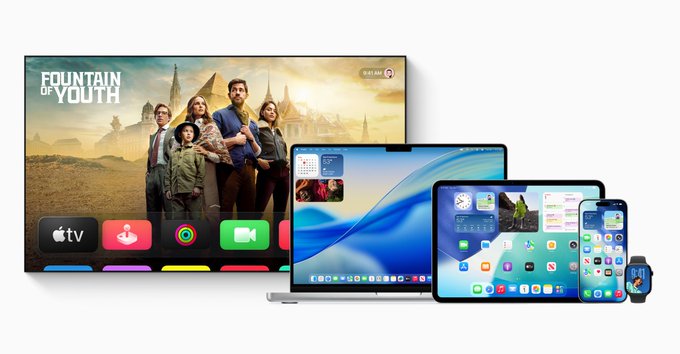Apple’s Liquid Glass Design: The Future of iOS 26 and macOS Tahoe 26
Apple’s latest design innovation, the Liquid Glass design, is set to transform the look and feel of its software ecosystem starting with iOS 26, iPadOS 26, macOS Tahoe 26, watchOS 26, and tvOS 26. This fresh design language introduces a stunning glass-like transparency and shine effect across all Apple interfaces, creating a cohesive and modern user experience. Curious about what Liquid Glass means for your devices and apps? This post dives into everything you need to know about Apple’s biggest design update in years.
What is Apple’s Liquid Glass Design and Why It Matters
The Liquid Glass design is Apple’s new visual style that mimics the optical qualities of real glass, bringing transparency, reflections, and dynamic light effects into the core of its software UI. According to Alan Dye, Apple’s VP of human interface design, this update is “our broadest design update, ever,” introducing a universal look across Apple’s devices. From the lock screen to the dock, buttons, sliders, and sidebars now appear with delicate glass edges and subtle translucency. This creates a sense of depth and realism, making interactions feel fluid and immersive.
This shift also marks Apple’s first major design overhaul since the flat design introduced in iOS 7 over a decade ago. By bringing Liquid Glass to apps like Camera, Safari, FaceTime, and Apple Music, Apple is setting a new standard for visual appeal and user experience, encouraging developers to adopt the style with new APIs.
How Liquid Glass Enhances iOS 26 and macOS Tahoe 26 User Experience
One of the most exciting aspects of the Liquid Glass design is its adaptability to different lighting environments, smoothly transitioning between light and dark modes. In iOS 26, you’ll notice this effect immediately on the lock screen and home dock, where glass edges glow softly depending on ambient light and movement. Even the camera app gets a transparent interface overlay that blends with your live camera feed, making navigation feel natural and intuitive.
On macOS Tahoe 26, Apple applies Liquid Glass throughout the dock, menu bar, sidebars, and toolbars, with a fully transparent menu bar that visually expands your workspace. These design tweaks not only enhance aesthetics but also improve usability by making important controls stand out without overwhelming the screen.
What Liquid Glass Means for Developers and Future Apple Software
Apple is empowering developers to embrace the Liquid Glass design through an updated API set launching alongside iOS 26 and macOS Tahoe 26. This means third-party apps can start integrating these glass effects early, ensuring a seamless, consistent design language across the Apple ecosystem. As this design trend grows, we can expect more apps to adopt transparent layers, glass-like buttons, and dynamic light interactions that match Apple’s native apps.
This evolution builds on Apple’s history with glass-inspired UI elements, dating back to Aqua in early Mac OS X and continuing through Big Sur’s translucent layers. Liquid Glass pushes this legacy further with advanced real-time rendering and responsiveness, offering a sleek and futuristic visual identity that will define Apple’s software in 2025 and beyond.

